Binary Star Systems Have Come Up A Lot In The Past 18 Podcasts, And Here Is A Perfect Example Of Them!
Binary star systems have come up a lot in the past 18 podcasts, and here is a perfect example of them!




As promised, here is a comic about the brightest star in the northern Hemisphere: Sirius! Sirius B will be shown in future comics as 2018 is year of the dog and since Sirius is the dog star, it is year of the Sirius!
Enjoy!
https://www.space.com/21702-sirius-brightest-star.html
More Posts from Fillthevoid-with-space and Others










Cassini prepares for final orbital “Grand Finale” at Saturn.
Erik Wernquist, the same filmmaker who created 2014’s “Wanderers” and a stunning New Horizons promotional film in 2015, has created a new video highlighting NASA’s Cassini mission’s final days at Saturn. The Cassini spacecraft will begin its final series of orbits to cap a 13-year groundbreaking science mission known as the Grand Finale. For the first time ever in Cassini’s time at Saturn, the spacecraft will fly in between the planet’s rings and atmosphere. No spacecraft has ever before flown in this region of any of the solar system’s ringed planets. After 20 orbits, Cassini will dive into Saturn’s upper atmosphere September 15 where it will be destroyed. In 2008, mission managers explored a range of End of Mission scenarios that would protect Saturn’s moon’s from Earthly contaminants before ultimately deciding on atmospheric reentry. Cassini began her End of Mission manoeuvres on November 26, 2016, when it began the first of 20 ring-grazing orbits. A close flyby of Titan April 22 will alter the spacecraft’s trajectory to begin the first of 23 orbits in the Grand Finale, which will begin April 26.

Cassini launched from Earth on October 20, 1997, and entered Saturn orbit July 1, 2004. 16 days later, the European-built Huygens probe attached to the spacecraft landed on Titan, becoming the first probe to land in the outer solar system. Originally scheduled for a four-year mission ending in 2008, Cassini received two mission extensions in 2008 and 2010, with the latter ending in 2017. With the spacecraft’s fuel reserves low, the Cassini team decided to end the mission. P/C: JPL/Erik Wernquist
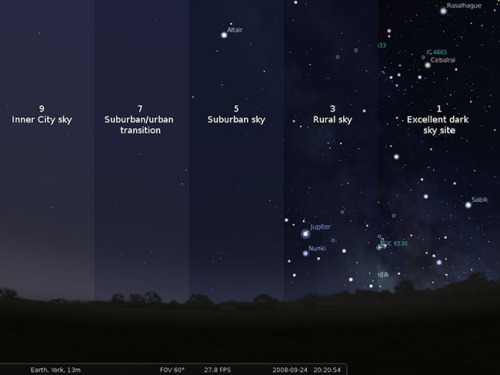
People think they know darkness, and that they experience darkness everyday, but they don’t, really.
Across the United States, natural darkness is an endangered resource. East of the Mississippi, it is already extinct; even in the West, night sky connoisseurs admit that it’s quicker to find true darkness by flying to Alice Springs, Australia, than traveling to anywhere in the lower forty-eight.
Ever since the nation’s first electric streetlight made its debut in Cleveland, on April 29, 1879, the American night has become steadily brighter. In his new book, The End of Night: Searching for Natural Darkness in an Age of Artificial Light, Paul Bogard aims to draw attention to the naturally dark night as a landscape in its own right — a separate, incredibly valuable environmental condition that we overlook and destroy at our own peril.
Read More.
The Past, Present and Future of Exploration on Mars
Today, we’re celebrating the Red Planet! Since our first close-up picture of Mars in 1965, spacecraft voyages to the Red Planet have revealed a world strangely familiar, yet different enough to challenge our perceptions of what makes a planet work.

You’d think Mars would be easier to understand. Like Earth, Mars has polar ice caps and clouds in its atmosphere, seasonal weather patterns, volcanoes, canyons and other recognizable features. However, conditions on Mars vary wildly from what we know on our own planet.
Join us as we highlight some of the exploration on Mars from the past, present and future:
PAST
Viking Landers

Our Viking Project found a place in history when it became the first U.S. mission to land a spacecraft safely on the surface of Mars and return images of the surface. Two identical spacecraft, each consisting of a lander and an orbiter, were built. Each orbiter-lander pair flew together and entered Mars orbit; the landers then separated and descended to the planet’s surface.

Besides taking photographs and collecting other science data, the two landers conducted three biology experiments designed to look for possible signs of life.
Pathfinder Rover

In 1997, Pathfinder was the first-ever robotic rover to land on the surface of Mars. It was designed as a technology demonstration of a new way to deliver an instrumented lander to the surface of a planet. Mars Pathfinder used an innovative method of directly entering the Martian atmosphere, assisted by a parachute to slow its descent and a giant system of airbags to cushion the impact.

Pathfinder not only accomplished its goal but also returned an unprecedented amount of data and outlived its primary design life.
PRESENT
Spirit and Opportunity

In January 2004, two robotic geologists named Spirit and Opportunity landed on opposite sides of the Red Planet. With far greater mobility than the 1997 Mars Pathfinder rover, these robotic explorers have trekked for miles across the Martian surface, conducting field geology and making atmospheric observations. Carrying identical, sophisticated sets of science instruments, both rovers have found evidence of ancient Martian environments where intermittently wet and habitable conditions existed.

Both missions exceeded their planned 90-day mission lifetimes by many years. Spirit lasted 20 times longer than its original design until its final communication to Earth on March 22, 2010. Opportunity continues to operate more than a decade after launch.
Mars Reconnaissance Orbiter

Our Mars Reconnaissance Orbiter left Earth in 2005 on a search for evidence that water persisted on the surface of Mars for a long period of time. While other Mars missions have shown that water flowed across the surface in Mars’ history, it remained a mystery whether water was ever around long enough to provide a habitat for life.

In addition to using the rover to study Mars, we’re using data and imagery from this mission to survey possible future human landing sites on the Red Planet.
Curiosity

The Curiosity rover is the largest and most capable rover ever sent to Mars. It launched November 26, 2011 and landed on Mars on Aug. 5, 2012. Curiosity set out to answer the question: Did Mars ever have the right environmental conditions to support small life forms called microbes?

Early in its mission, Curiosity’s scientific tools found chemical and mineral evidence of past habitable environments on Mars. It continues to explore the rock record from a time when Mars could have been home to microbial life.
FUTURE
Space Launch System Rocket

We’re currently building the world’s most powerful rocket, the Space Launch System (SLS). When completed, this rocket will enable astronauts to begin their journey to explore destinations far into the solar system, including Mars.
Orion Spacecraft

The Orion spacecraft will sit atop the Space Launch System rocket as it launches humans deeper into space than ever before. Orion will serve as the exploration vehicle that will carry the crew to space, provide emergency abort capability, sustain the crew during the space travel and provide safe re-entry from deep space return velocities.
Mars 2020

The Mars 2020 rover mission takes the next step in exploration of the Red Planet by not only seeking signs of habitable conditions in the ancient past, but also searching for signs of past microbial life itself.

The Mars 2020 rover introduces a drill that can collect core samples of the most promising rocks and soils and set them aside in a “cache” on the surface of Mars. The mission will also test a method for producing oxygen from the Martian atmosphere, identify other resources (such as subsurface water), improve landing techniques and characterize weather, dust and other potential environmental conditions that could affect future astronauts living and working on the Red Planet.

For decades, we’ve sent orbiters, landers and rovers, dramatically increasing our knowledge about the Red Planet and paving the way for future human explorers. Mars is the next tangible frontier for human exploration, and it’s an achievable goal. There are challenges to pioneering Mars, but we know they are solvable.
To discover more about Mars exploration, visit: https://www.nasa.gov/topics/journeytomars/index.html
Make sure to follow us on Tumblr for your regular dose of space: http://nasa.tumblr.com
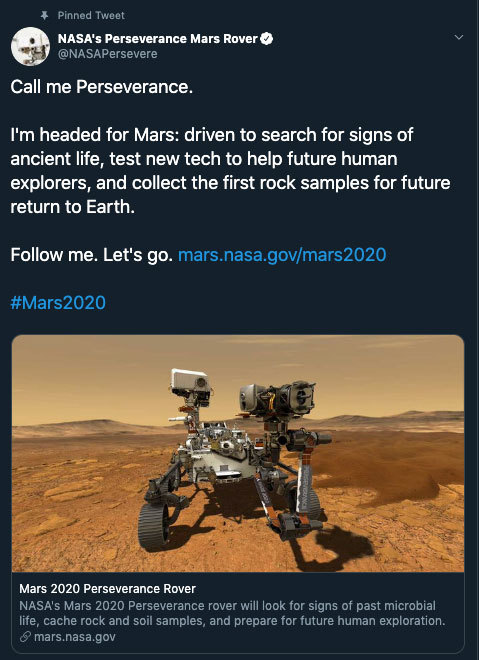
Allow us to reintroduce someone … the name’s Perseverance.
With this new name, our Mars 2020 rover has now come to life! Chosen by middle school student Alex Mather, Perseverance helps to remind ourselves that no matter what obstacles we face, whether it’s on the way to reaching our goals or on the way to Mars, we will push through. In Alex’s own words,
“We are a species of explorers, and we will meet many setbacks on the way to Mars. However, we can persevere. We, not as a nation but as humans, will not give up. The human race will always persevere into the future.”
Welcome to the family. ❤️
Make sure to follow us on Tumblr for your regular dose of space: http://nasa.tumblr.com.
-
 fufawa liked this · 2 years ago
fufawa liked this · 2 years ago -
 malfunctioningmeatsuit liked this · 2 years ago
malfunctioningmeatsuit liked this · 2 years ago -
 zeroinfo liked this · 2 years ago
zeroinfo liked this · 2 years ago -
 hornyforthevirginmary liked this · 2 years ago
hornyforthevirginmary liked this · 2 years ago -
 pesonon liked this · 2 years ago
pesonon liked this · 2 years ago -
 gothwaldo liked this · 3 years ago
gothwaldo liked this · 3 years ago -
 manynarrators liked this · 3 years ago
manynarrators liked this · 3 years ago -
 reader-i-loved-them liked this · 3 years ago
reader-i-loved-them liked this · 3 years ago -
 medicalmisanthrope liked this · 3 years ago
medicalmisanthrope liked this · 3 years ago -
 skywaveprime liked this · 3 years ago
skywaveprime liked this · 3 years ago -
 eerian-sadow reblogged this · 3 years ago
eerian-sadow reblogged this · 3 years ago -
 crazymilkshakecookie liked this · 3 years ago
crazymilkshakecookie liked this · 3 years ago -
 moonderly liked this · 3 years ago
moonderly liked this · 3 years ago -
 drawingisphysics liked this · 3 years ago
drawingisphysics liked this · 3 years ago -
 theywhoarebear reblogged this · 3 years ago
theywhoarebear reblogged this · 3 years ago -
 moonflowero1 reblogged this · 3 years ago
moonflowero1 reblogged this · 3 years ago -
 moonflowero1 liked this · 3 years ago
moonflowero1 liked this · 3 years ago -
 supercomputer276 reblogged this · 3 years ago
supercomputer276 reblogged this · 3 years ago -
 martub liked this · 3 years ago
martub liked this · 3 years ago -
 deona-of-the-hearth liked this · 3 years ago
deona-of-the-hearth liked this · 3 years ago -
 kinkyyyarn liked this · 3 years ago
kinkyyyarn liked this · 3 years ago -
 pixie-dustpd liked this · 3 years ago
pixie-dustpd liked this · 3 years ago -
 genjitsutouhi-shoujo reblogged this · 3 years ago
genjitsutouhi-shoujo reblogged this · 3 years ago -
 rajiko reblogged this · 3 years ago
rajiko reblogged this · 3 years ago -
 rajiko liked this · 3 years ago
rajiko liked this · 3 years ago -
 classicdaisycalico liked this · 3 years ago
classicdaisycalico liked this · 3 years ago -
 blynn-safespace reblogged this · 3 years ago
blynn-safespace reblogged this · 3 years ago -
 welldamnthen liked this · 3 years ago
welldamnthen liked this · 3 years ago -
 sunslastphase reblogged this · 3 years ago
sunslastphase reblogged this · 3 years ago -
 sunslastphase liked this · 3 years ago
sunslastphase liked this · 3 years ago -
 czytacz reblogged this · 3 years ago
czytacz reblogged this · 3 years ago -
 sehro liked this · 3 years ago
sehro liked this · 3 years ago -
 grisseg reblogged this · 3 years ago
grisseg reblogged this · 3 years ago -
 leviathanxtreme liked this · 3 years ago
leviathanxtreme liked this · 3 years ago -
 leptoquark3 liked this · 3 years ago
leptoquark3 liked this · 3 years ago -
 pinkpondofasgard reblogged this · 3 years ago
pinkpondofasgard reblogged this · 3 years ago -
 varae-ver-you-are liked this · 3 years ago
varae-ver-you-are liked this · 3 years ago -
 birthclod liked this · 3 years ago
birthclod liked this · 3 years ago -
 spacebobareborn reblogged this · 3 years ago
spacebobareborn reblogged this · 3 years ago -
 spacebobareborn liked this · 3 years ago
spacebobareborn liked this · 3 years ago -
 misantropagentile reblogged this · 3 years ago
misantropagentile reblogged this · 3 years ago -
 misantropagentile liked this · 3 years ago
misantropagentile liked this · 3 years ago -
 cosmicfunnies reblogged this · 3 years ago
cosmicfunnies reblogged this · 3 years ago -
 clumsyshark reblogged this · 3 years ago
clumsyshark reblogged this · 3 years ago -
 constellationspath liked this · 3 years ago
constellationspath liked this · 3 years ago -
 potato-admires-art reblogged this · 3 years ago
potato-admires-art reblogged this · 3 years ago
A podcast project to fill the space in my heart and my time that used to be filled with academic research. In 2018, that space gets filled with... MORE SPACE! Cheerfully researched, painstakingly edited, informal as hell, definitely worth everyone's time.
243 posts




















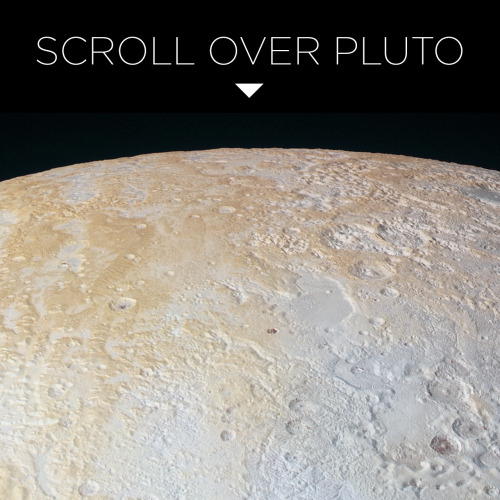
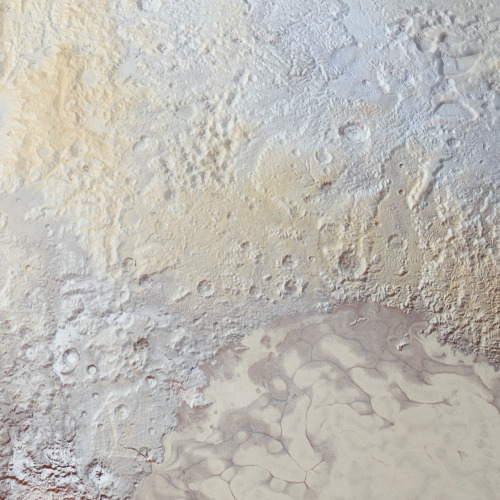
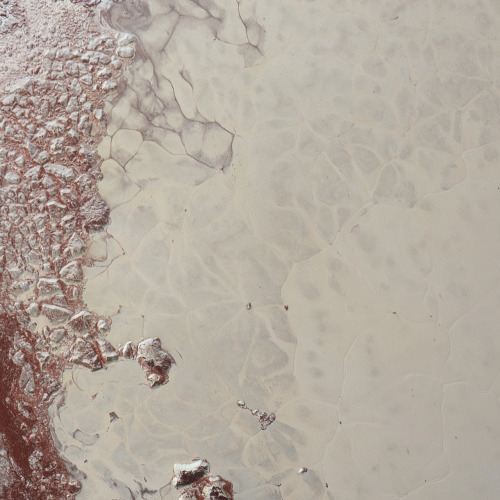
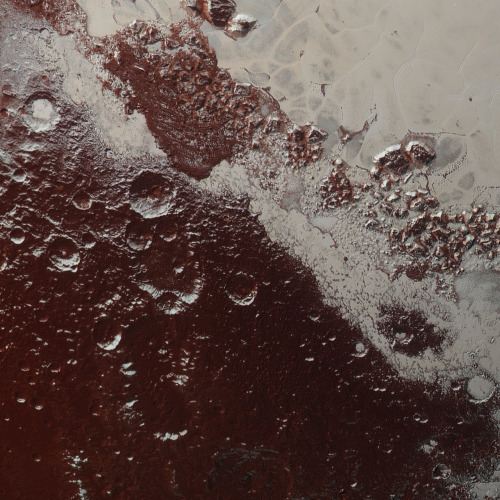
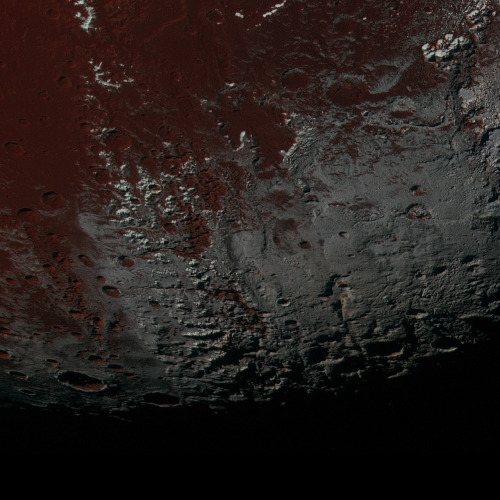
![The Science Of Interstellar - Black Hole [YouTube Video]](https://64.media.tumblr.com/a1cf99c4f65fd1eae0d88d0485c9f109/tumblr_nfogd8kIyF1qb6kd0o1_250.gif)
![The Science Of Interstellar - Black Hole [YouTube Video]](https://64.media.tumblr.com/e1f24da4d0364bc2ca8dbb2c0bdfea28/tumblr_nfogd8kIyF1qb6kd0o3_250.gif)
![The Science Of Interstellar - Black Hole [YouTube Video]](https://64.media.tumblr.com/821ab338f5c9fd5c61cc1af57318cbaf/tumblr_nfogd8kIyF1qb6kd0o4_250.gif)
![The Science Of Interstellar - Black Hole [YouTube Video]](https://64.media.tumblr.com/f40b0668bb5fc168df25afc88b7bdfe5/tumblr_nfogd8kIyF1qb6kd0o5_250.gif)
![The Science Of Interstellar - Black Hole [YouTube Video]](https://64.media.tumblr.com/04b808634cb4e90392903fc5c65e1d79/tumblr_nfogd8kIyF1qb6kd0o6_250.gif)
![The Science Of Interstellar - Black Hole [YouTube Video]](https://64.media.tumblr.com/b45ee46e319ac5ffc37f82f071b2dac3/tumblr_nfogd8kIyF1qb6kd0o2_250.gif)